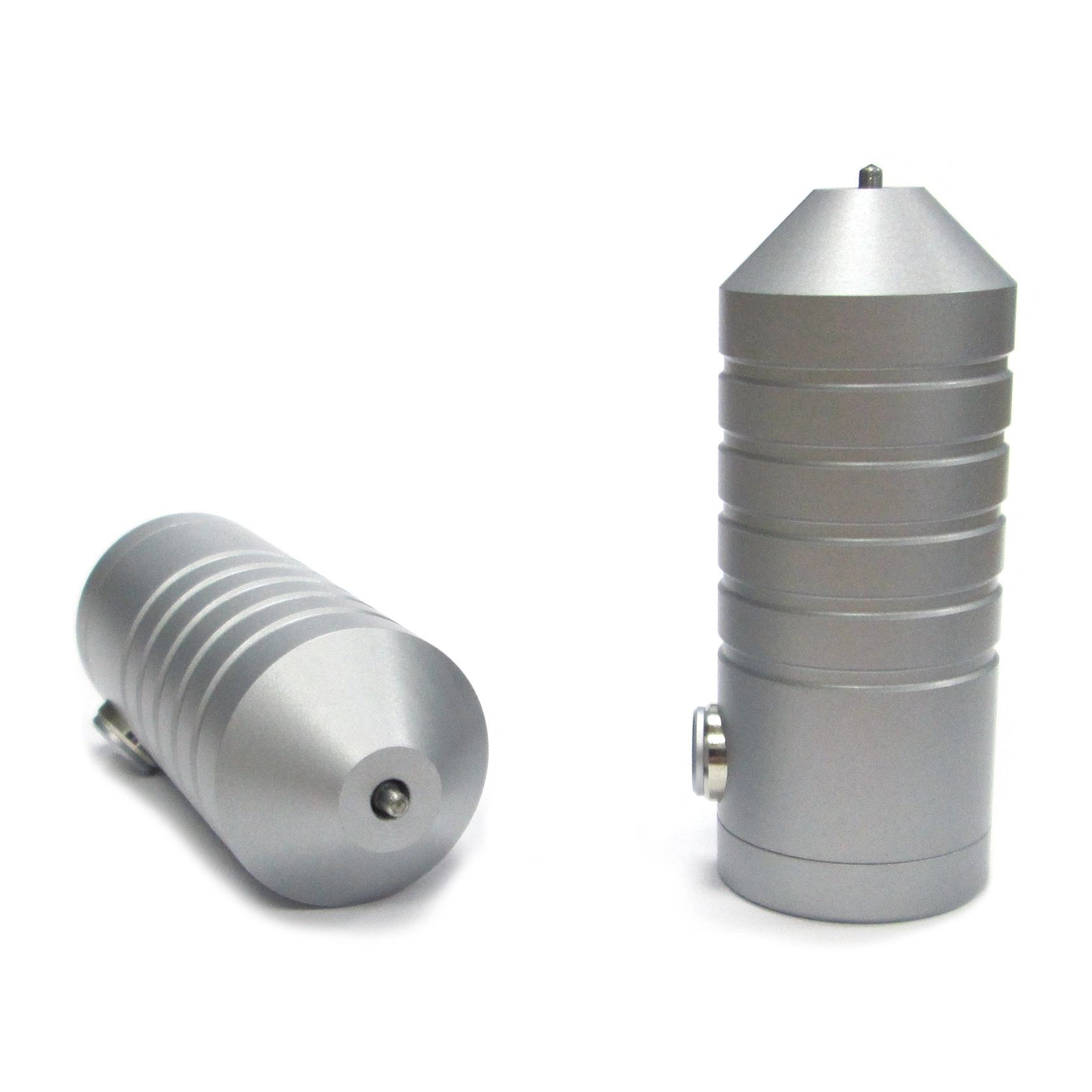Catalogue > Accessories
All
For combined hardness testers
For Leeb hardness testers
For UCI hardness testers
For crack depth meters
For flaw detectors
Request a Consultation
By submitting this form, I confirm that I agree to the Privacy Policy and consent to the processing of my personal data.
Our comprehensive range of accessories enhances the performance and versatility of our testing equipment. With specialized probes, adapters, and cables, these tools are engineered for high-quality standards, ensuring precise and reliable results across various applications. They extend your equipment's capabilities and support accurate measurements.
Crafted for durability and ease of use, our accessories are designed to meet diverse testing needs. They deliver consistent results across different materials and conditions, optimizing your testing processes and maintaining the integrity of your equipment.
